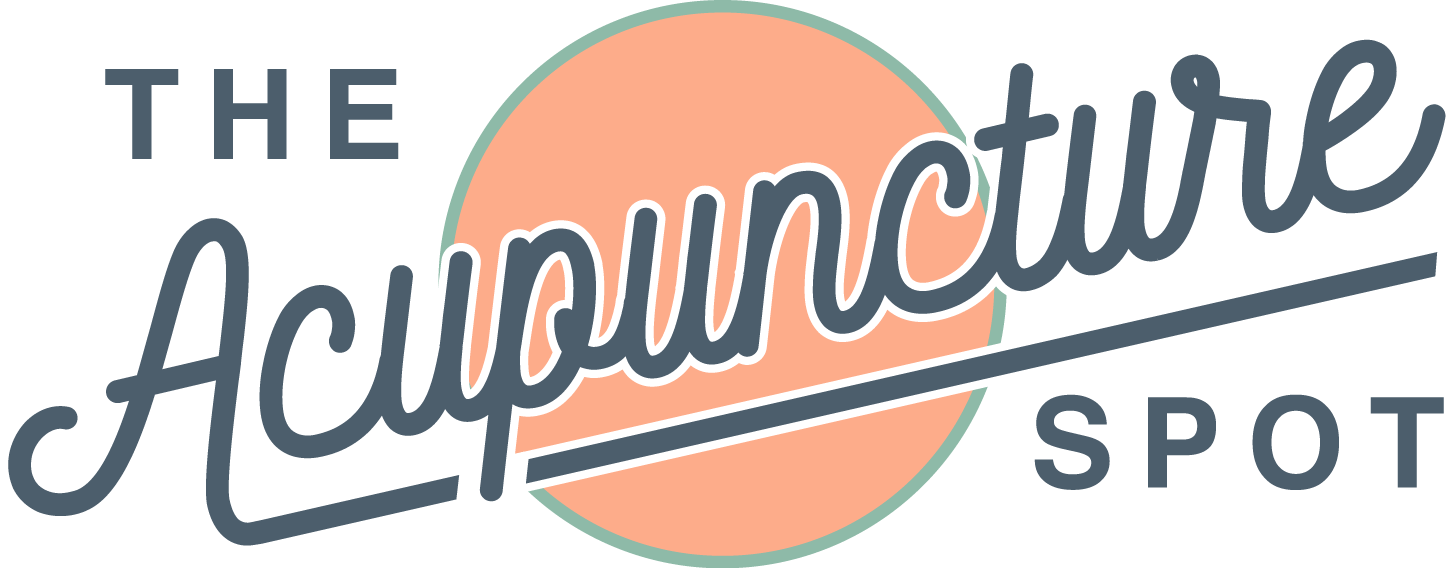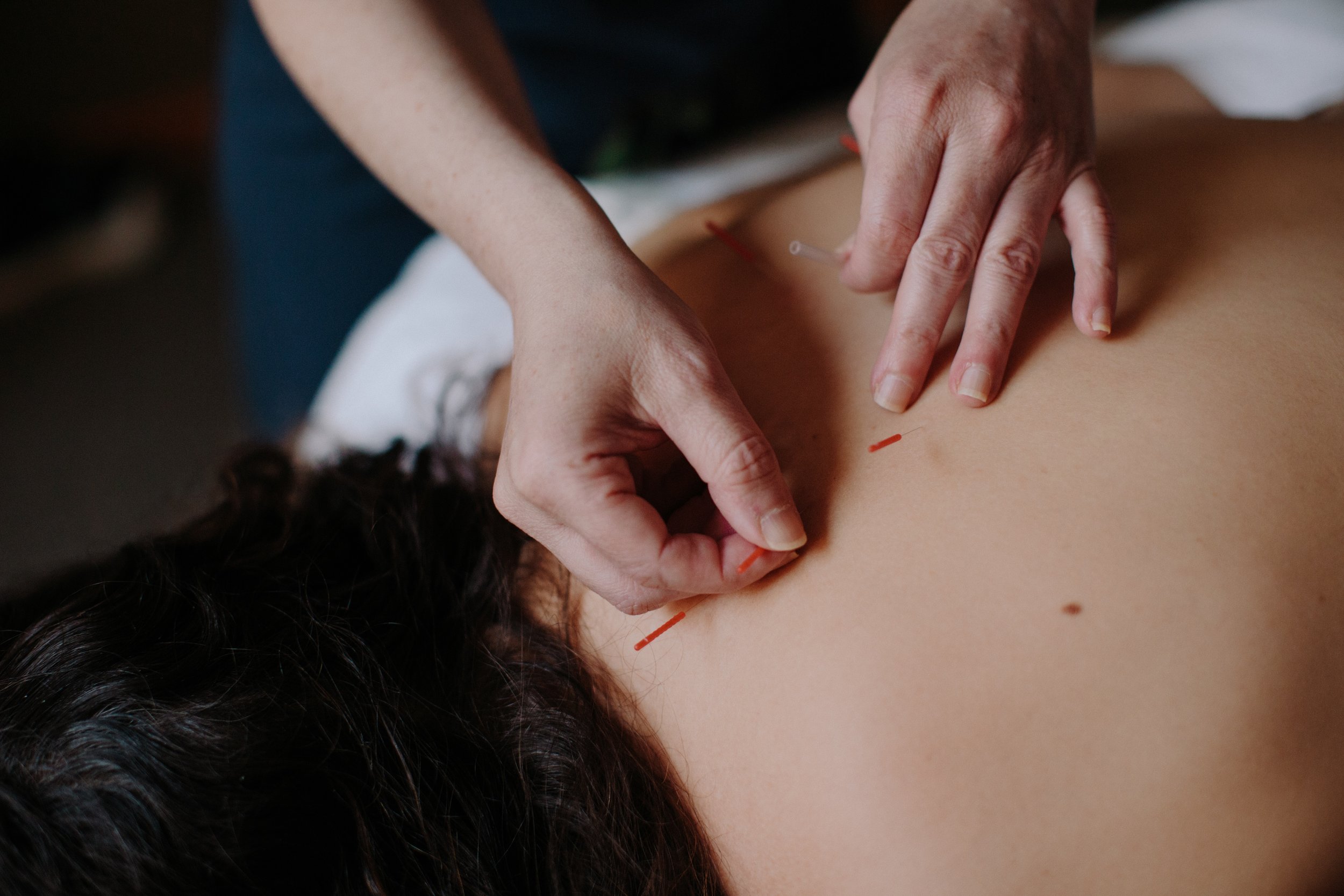Most people have heard about acupuncture, but many more are probably wondering how it actually works and whether or not it could support them with a specific ailment or health goal. Acupuncture is like the boost or nudge the body needs to stimulate its return to homeostasis, which is the optimal state of being both in Chinese medicine and physiology. According to this understanding, the body is brilliantly designed to continuously rebalance itself through a variety of regulatory mechanisms and metabolic processes. However, this smooth and harmonious functioning can become impaired for a wide variety of reasons. Thankfully, acupuncture can be applied to affect every major system of the body—including the musculoskeletal, cardiac, gastrointestinal, circulatory, cerebral, genitourinary, endocrine, and immune system.
Located along meridians or channels, acupuncture points are stimulated to release blockages, remedy imbalances, and promote healing. The acupuncture channels follow our blood vessels, lymphatic system, nervous system, and connective tissue structures. Over the course of centuries, the Chinese mapped out hundreds of acupuncture points along these channels, each one being a highly concentrated formation of sensory fibers, lymphatic and fine blood vessels, and mast cells.
When a fine needle is inserted into one of these points, it promotes blood flow and increases circulation into the area. This sparks a cascade of healing processes, as blood carries nutrients, oxygen, and a variety of cells, including hormone, immune, anti-inflammatory, and natural pain killers. The “micro-trauma” induced by the insertion of a needle causes increased circulation that stimulates the body’s other mechanisms of healing, encompassing the nervous, immune, and endocrine systems. Due to metabolic imbalances, these systems might have exhibited slow function, now “nudged” back to duty.
Acupuncture comprehensively supports our other metabolic processes and organ systems by helping to regulate the nervous system, thus facilitating a healthy stress response. By stimulating the release of hormones that tell the sympathetic nervous system—also known as the “fight or flight” state, to calm down, it allows the parasympathetic—or “rest, digest and heal” system, to turn on. The dysregulation between our sympathetic and parasympathetic is very problematic in modern times, since we are bombarded with stressors and stimuli that make it challenging for the sympathetic, or stress alarm, to deactivate. Recent research indicates that a wide range of autoimmune diseases are correlated to impaired parasympathetic function, including lupus, rheumatoid arthritis, and inflammatory bowel disease.
Beyond holistically instigating a return to homeostasis, acupuncture can also have a direct effect on pain remediation. As previously mentioned, an abundance of cells and hormones are released when an acupuncture point is stimulated, which includes pain-relieving hormones, such as endorphins and norepinephrine. Some of these natural painkillers are 10-200 times stronger than morphine. Acupuncture also works on the musculoskeletal level by releasing tight muscles through trigger points and motor points. These special locations in the muscles have been shown to help the muscles release from their tight, constricted state.
Though the body may need more retraining to alleviate chronic pain, acupuncture is not only relevant for acute pain situations. Chronic pain is a result of complex and multilayered factors, but put simply, the body stops blood blow and circulation to a particular area in order to “guard” it. As we’ve discussed, we need that blood flow to carry the nutrients, hormones, and cells needed for healing to the area of pain. When the needles are inserted, the processes mentioned above jumpstart so that the body’s innate capacity for healing and homeostasis is revitalized. After a couple of days, the body falls back into its old habits and guards the area again, however with repeated acupuncture treatments, the body will overcome old habits, heal the area, and learn to stop guarding it.
Hopefully this explanation has shed some light on the many different applications through which acupuncture can bring healing and relief! During such tumultuous times, it’s certainly a blessing to know that this modality has withstood the test of time and will surely continue to support humanity far into the future.



